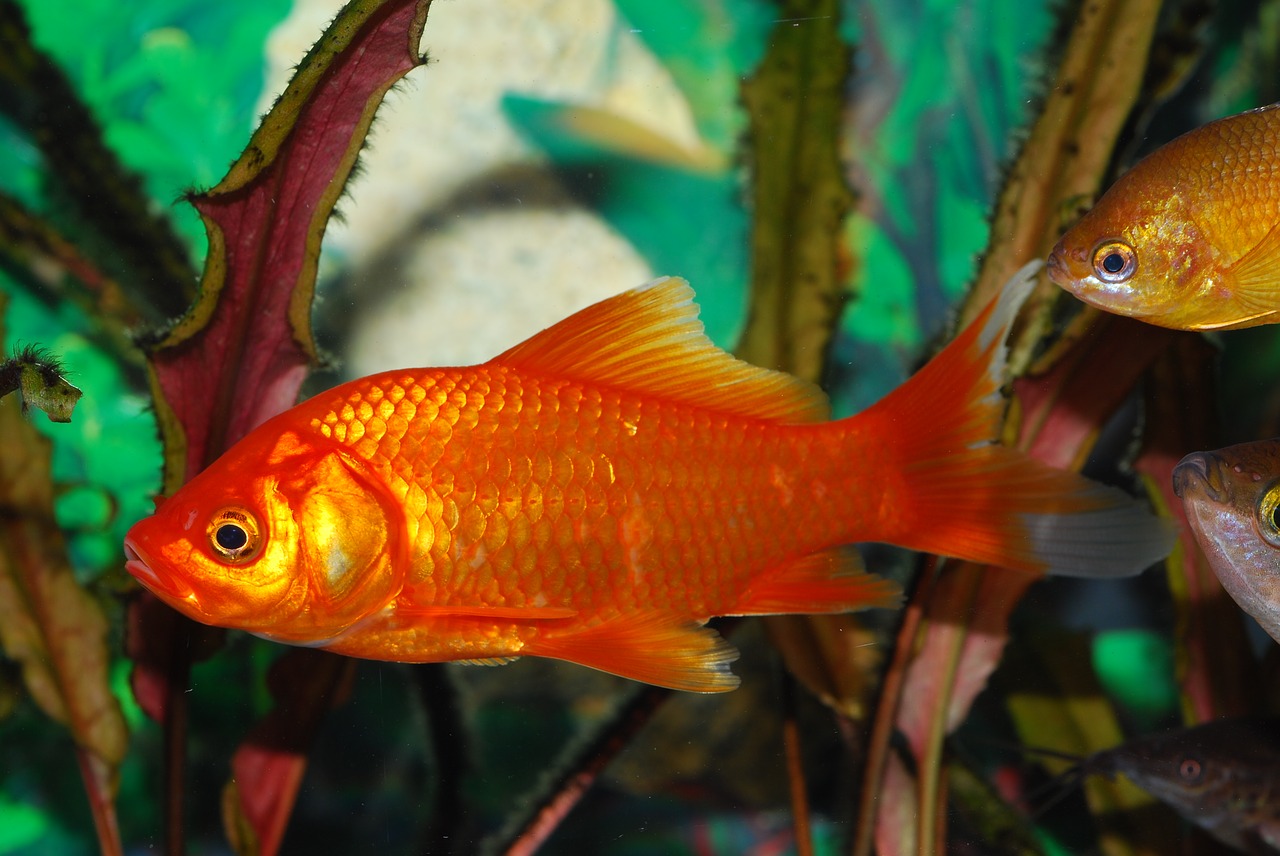
Interesting Facts About Goldfish
You probably had a goldfish as a kid. You may even have some today in an aquarium at home. Lots of us have looked after goldfish at some point in our lives. But just how much do you know about the popular fish species? Here we’ve rounded up some pretty interesting facts which show you that when it comes to goldfish, there’s a lot more to them than meets the eye. Give our list a read to learn a new thing or two about the goldfish.
Just How Popular Are Goldfish?
Believe it or not, goldfish are actually more popular than cats and dogs combined, with 480 million of the little fish getting sold per year. There are many things about goldfish that make them appealing as pets: they’re easy and cheap to maintain, plus they can live for around ten years or even longer if well looked after.
A Dangerous Touch
It may be tempting to touch a goldfish, however, this is something you shouldn’t do. If you touch a goldfish, you could damage the slimy coating that protects the body. Should this get damaged, a goldfish may be more susceptible to infections, most of which can be treated if caught early. Still, it helps to reduce the risk of infection as much as you can, so don’t even think about touching a gold-fish!
Turning a Goldfish White
If a goldfish is kept in the dark for many years, it will end up turning white. This is because light helps goldfish to produce the pigmentation that makes it the familiar orange and gold colour. Without light, the pigmentation can’t be produced, and the colouring fades to white over time.
An Unlikely Cannibal
You may not think a goldfish is capable of eating other fish, but it actually is. In fact, goldfish have been known to even eat their own offspring. They can go up to around three weeks without eating anything, so consuming their offspring is probably something of a last resort. As well as eating other fish, goldfish won’t shy away from eating small crustaceans and even insects – they’re omnivores, so they’ll eat anything.
A Not-So-Tasty Meal
Goldfish don’t have stomachs, which is why they should be fed lots of smaller meals rather than a few big meals. Whenever they eat, their food is digested by the long intestine and this process can actually happen quite fast. So much so, that sometimes not all of a food’s nutrients will be digested the first time round. This is why goldfish will sometimes eat their own faeces – they’re trying to get the nutrients they didn’t manage to get the first time the food passed through.
A Goldfish’s Scales Are Clear
You may think it’s a goldfish’s scales that give it its coloring. You’re wrong. Actually, the scales de-termine how shiny the fish looks; it’s the skin underneath the scales that gives a goldfish its color pattern. While a goldfish can change color, its scales don’t change, so the shininess always stays the same.
The World’s Longest Goldfish
Part of what makes goldfish an ideal first pet is that they’re very small. They can grow bigger as they get older, of course, and some species are naturally larger than others. What might surprise you is that the largest goldfish ever recorded was a lengthy 18.7 inches when measured from its nose down to its tail.
The Name For A Group Of Goldfish
One of the many quirks of the English language is rather weird and random names given to groups of animals. There’s a litter of puppies, a glaring of cats, a murder of crows and a parliament of owls, to give some examples. But what about goldfish? If you have a group of goldfish, the collective noun for this is a ‘troubling’.
A Lake Of Goldfish
Several years ago, some goldfish were released into a lake in the city of Boulder, Colorado. Fast forward three years and the lake was full of thousands of goldfish. It was estimated there were three to four thousand of them. The goldfish population was able to grow so much because of the size of the lake, the lack of predators and the plentiful resources. However, concerns were raised that the goldfish were becoming a threat to the local ecosystem.
